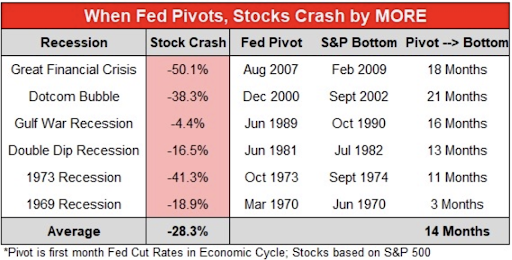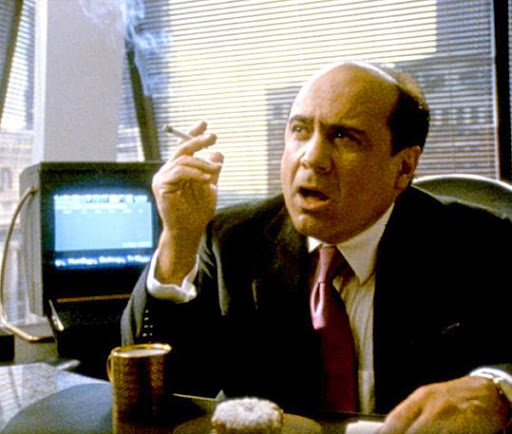Earlier this week I talked about the various types of markets. I mentioned how most stocks are a reversion to the mean assets, while things like commodities and futures tend to be more of trending markets.
For example, we talk about how if you’re trading the Japanese yen, a moving-average indicator might work a lot better than the RSI oscillator.
But these things also bode this question: where do Bollinger Bands fit into all of this?
So I thought I’d focus this video on how to use Bollinger Bands the right way, how they can make your trading strategy better, and whether they work better in a reversion to the mean or trending market.
How to Use Bollinger Bands: The Beginner’s Guide
Before I get too carried away on how to use Bollinger Bands, let me first explain what it is…
Bollinger Bands is a momentum indicator used when performing technical analysis. It helps traders identify whether an asset is oversold or overbought, and even determine entry and exit points.
It was created in the 1980s by commodities and futures analyst John Bollinger.
Therefore, we know for a fact that Bollinger Bands weren’t first designed to use when trading traditional stocks.
We also know that stocks tend to be more reactive in the short term, and vice versa for commodities.
So the first thing we want to do before we use them on a stock is to turn the look-back period from 14 to 10 days. That’s because we want a shorter reaction and a Bollinger Band is a standard deviation from a moving average… so we’ll always want to use a shorter period of time.
We’ll also want to change the deviation of the Band from 2% to 1.5% because stocks don’t typically move as much as commodities do.
But now you’re probably all wondering what type of stocks work best with Bollinger Bands…
Check out my short video below for a quick and dirty tutorial on how to use Bollinger Bands, and to find out what group of stocks you should look for when using them.
Don’t forget to like and subscribe to our YouTube channel if you haven’t already so you can be notified as soon as we post our next video, and see what other trade opportunities we’re paying close attention to!
P.S. It’s no secret there’s a ton of people out there working extra hard to become traders… Yet, they keep losing money.
If this sounds anything like you, just know that it’s not your fault.
That’s because anyone who’s trading stocks during the day is at a major disadvantage…
There’s a little-known Wall Street phenomenon that forces institutional traders to dump millions and even billions of dollars into the market just before the close…
Setting up what Joy of the Trade’s Jeff Zananiri likes to call “Heaters.”




